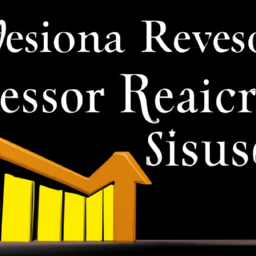The US recession that began in 2008 was a major economic downturn that had far-reaching consequences for the country and the world. One of the key factors that contributed to the recession was the widespread defaults on subprime mortgages. These risky loans, which were often given to borrowers with poor credit histories or low income levels, played a significant role in the collapse of the housing market and the subsequent financial crisis.
The subprime mortgage crisis can be traced back to the early 2000s when lenders began offering increasingly risky loans to borrowers who may not have been able to afford them. These loans were often packaged into complex financial products known as mortgage-backed securities, which were then sold to investors around the world. As more and more borrowers defaulted on their mortgages, the value of these securities plummeted, leading to massive losses for financial institutions and investors.
The impact of the subprime mortgage crisis was felt across the economy. As the housing market collapsed, construction jobs disappeared, home values plummeted, and consumer spending declined. Many homeowners found themselves underwater on their mortgages, owing more than their homes were worth. This led to a wave of foreclosures and a further decline in home prices, creating a downward spiral that dragged the entire economy into recession.
In addition to the impact on the housing market, the subprime mortgage crisis also had ripple effects throughout the financial system. Many banks and financial institutions had invested heavily in mortgage-backed securities, and as the value of these securities collapsed, they faced massive losses. Some of the biggest financial institutions in the country, including Lehman Brothers and Bear Stearns, were forced to declare bankruptcy or seek government bailouts to avoid collapse.
The government's response to the crisis was swift and far-reaching. The Federal Reserve lowered interest rates to historic lows in an effort to stimulate the economy, and Congress passed the Troubled Asset Relief Program (TARP) to provide financial assistance to struggling banks and other institutions. The White House also implemented a series of programs aimed at helping homeowners refinance their mortgages and avoid foreclosure.
Despite these efforts, the US economy remained in recession for several years following the initial crisis. Unemployment soared, stock prices tumbled, and consumer confidence plummeted. The effects of the recession were felt around the world, as other countries grappled with their own economic challenges in the wake of the crisis.
In conclusion, the subprime mortgage crisis was a major cause of the 2008 US recession. The widespread defaults on risky loans led to a collapse of the housing market, massive losses for financial institutions, and a prolonged economic downturn. The effects of the recession were felt across the economy and around the world, highlighting the interconnected nature of the global financial system.
